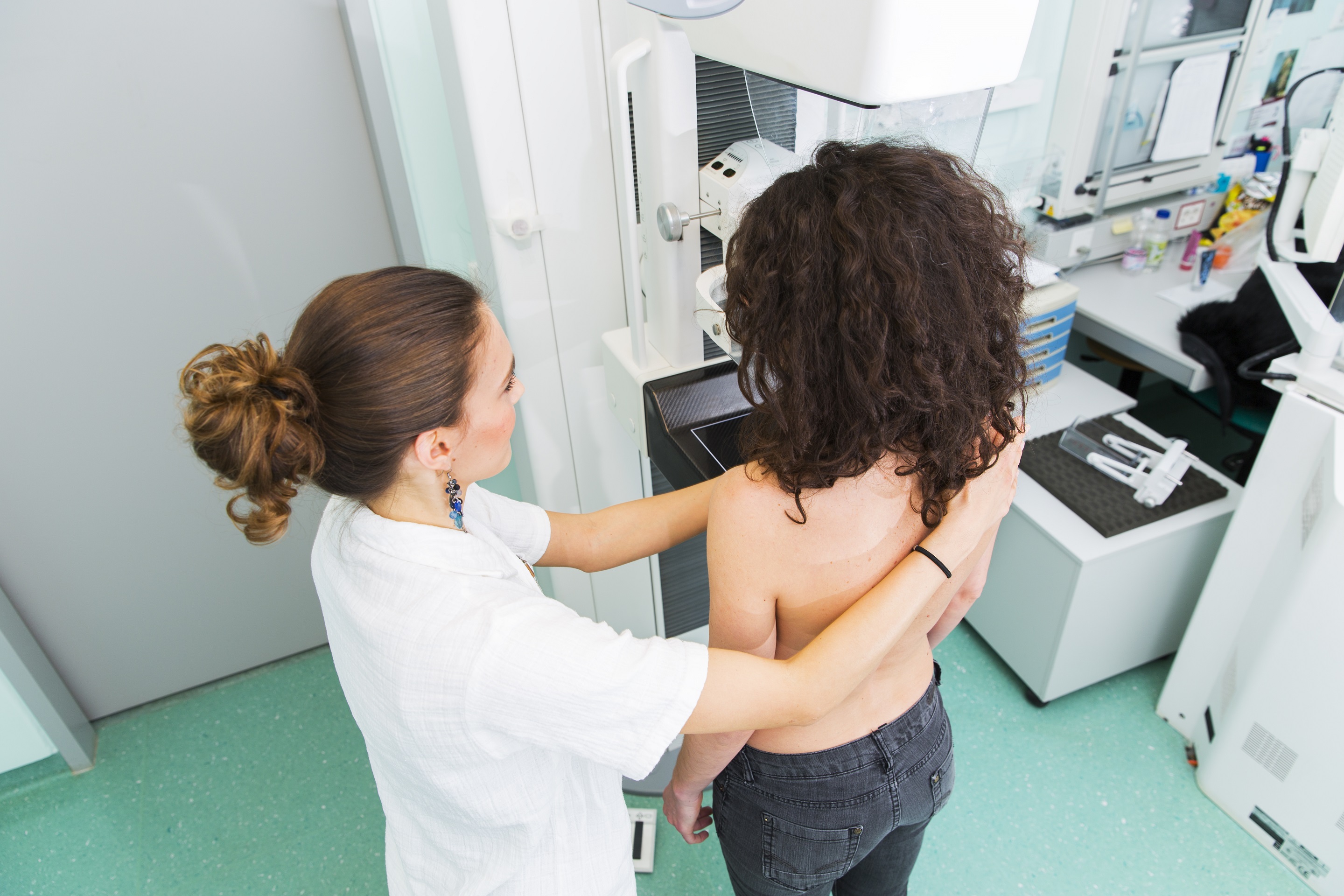Nanoparticles in the fight against breast cancer
Each year, approximately 17,000 people in just the Netherlands alone are diagnosed with breast cancer. The chances of survival are steadily increasing, but treatments for breast cancer can have severe impact on the body and patient quality of life. Kristina Djanashvili is working with her team in Delft on an effective and less invasive one-stop-shop therapy using nanoparticles.
The impact of existing treatments for breast cancer is considerable,” explains Kristina. “An operation is damaging to the body and a breast amputation has a large psychological effect on a woman. Radiotherapy often damages healthy tissues and chemotherapy is very intense and stressful for the body. For this reason, our research is aimed at providing the most precise treatment possible, with the least possible stress and damage for the patient.”
Precise breast cancer treatment is possible because of an increasing capacity for an early diagnosis and more accurate mapping of the tumour. “We are currently working on a method in which nanoparticles can be injected directly into the tumour using an ultra-fine needle. These particles are made up of iron oxide and are radioactively charged. Once the particles have been injected, they are heated by a special device using alternating magnetic fields. This simultaneously irradiates and heats the tumour from the inside out, an extremely effective method for destroying cancer cells. Healthy parts of the body are spared because we inject directly into the tumour.”
One-stop-shop treatment
If this method proves successful, just one treatment may be sufficient. “Our treatment is a one-stop-shop approach. It is a single treatment that continues to work in the body because the nanoparticles bond with the cancer cells. Just imagine what a positive difference it would make for both the patient and the healthcare provider if we could replace a whole series of radiotherapy sessions with one single, less stressful session.” But we are not there yet.
The nanoparticle design needs to be very accurate and it is a sensitive process. “The material quality, size and shape are all variables that affect functionality and application. The question of how the particles are inserted is also important: they need to be kept together long enough so they can be targeted to the right location, yet loose enough to work as individual particles upon arrival. We are now working on a special gel to achieve this.”
Towards treatment
It is hard to predict when the first patients will be able to be treated using this method, as this depends on many factors. Kristina Djanashvili is optimistic, though. “We have a distinct advantage due to the close involvement of Erasmus MC; our research is a true collaboration. They have the equipment for producing the heat, the knowledge of the physics and the models to determine the proper dosage. Medical practitioners are already involved in the research, and this will make the eventual practical application more straightforward. I expect that we may have a working prototype within two years’ time.”
Important to get support
The research is presently in the fundamental phase. “It is very important to get support right now. Additional budget will allow us to purchase extra measuring equipment and so speed up our research. With our prototype, we will soon be the first to demonstrate that it is possible to fight breast cancer from the inside out using thermotherapy and radiotherapy simultaneously. After this breakthrough, the time will be ripe for other parties to join, shortening the time required to get the treatment to patients.”
Once its success is proven, the method may potentially be suitable for other types of cancer, such as prostate cancer, expanding the range of patients that will benefit.
Tech for Health
With the Tech for Health campaign, TU Delft is shining a spotlight on its research innovations that contribute to the improvement of healthcare, especially in countries like The Netherlands. Research aimed at on quicker diagnosis, more effective treatment and reducing shortening waiting times and treatment processes. This research often involves collaboration with medical institutes such as Erasmus MC in Rotterdam and LUMC in Leiden.
Less pain from arthritis
It is important to initiate the most appropriate treatment of arthritis symptoms as early as possible. Professor Jaap Harlaar is set to make an important contribution to this goal by creating a unique lab that will combine biomechanics and radiography.
Rapid diagnosis with ultrasound
If a mild stroke is recognised early, preventive treatment can avert serious damage. Researcher David Maresca is working on an advanced ultrasound application that will make this possible.
Consulting room of the future
Very few innovations have yet to be applied to the consulting room, which is the place where almost all healthcare processes start. Professor Richard Goossens has started an innovation process that should turn the concept of the consulting room on its head.
Algorithms against alzheimer's
Two decades from now, it is expected that 500,000 people in the Netherlands will suffer from Alzheimer’s disease. Using big data, Professor Marcel Reinders works effortlessly to gain a better understanding of this still incurable brain disease.
Mapping cardiac arrythmia
Special technology has enabled the first detailed mapping of conduction properties in the hearts of children. Professor Natasja de Groot is working on refining this mapping method in order to collect data with even more precision.
Ethics an important instrument for sustainable innovation
Samantha Copeland is leading the mission for including ethical and social considerations in every step of the discovery-development-implementation cycle.
Will you help?
Your help will allow us to expand labs, grow our capacity and accelerate research. Together, we are committed to better and more accessible healthcare for all, both today as well as for future generations. You can donate here.
